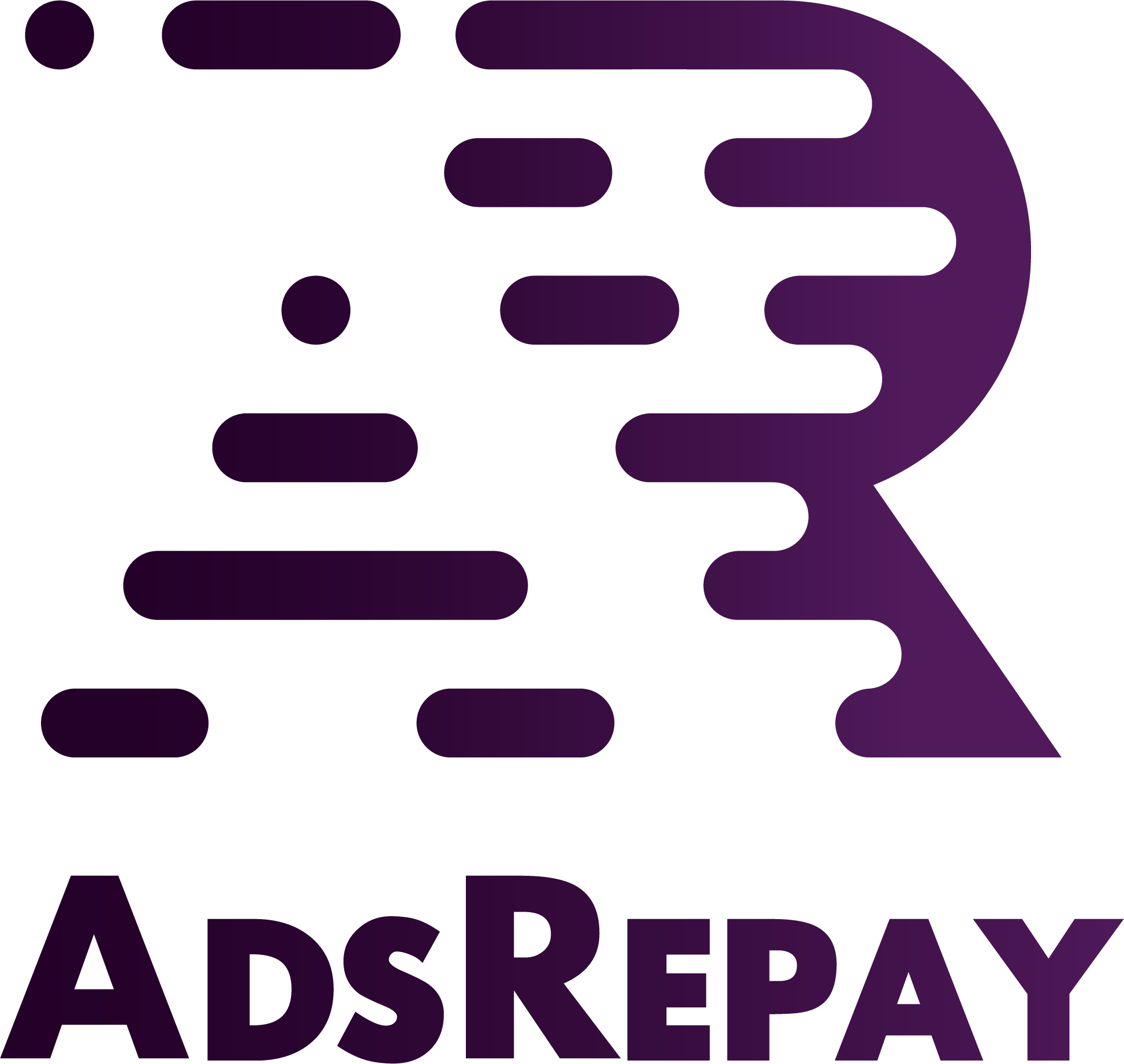
Introduction:
Freelancing has changed how we work, giving people more freedom and the chance to earn money with their skills outside of a typical office job. With remote work becoming more popular, freelancing is on the rise. It lets you work from anywhere and set your own hours.
To succeed as a freelancer, it’s important to find niches where there’s a lot of demand but not too many people offering services. This way, you can become an expert in your field, attract better clients, and spend less time looking for work. This not only makes it easier to find jobs but also leads to higher-paying projects.
Specializing in a particular skill is key to succeeding as a freelancer. Instead of being a jack-of-all-trades, focus on one thing you’re really good at. Specialists stand out more in a crowded market and can charge higher rates. Here are seven less common but highly profitable freelancing skills to consider:
- Virtual event planning
- SEO writing
- Voiceover work
- Blockchain development
- Podcast Editing
- Chatbot development
- Social media management
These skills are in demand and can help you stand out in the freelancing world. So, if you’re looking to boost your earning potential, consider specializing in one of these areas!
1. Newsletter Writing:
Newsletters have been a vital part of marketing for ages, evolving from old-school printed bulletins to today’s digital gems. Back in the day, they were a direct line of communication between businesses and their audience, delivering updates and exclusive content. This direct approach fostered trust and loyalty.
Even in our digital era, newsletters remain essential. They’re a fantastic way to connect with audiences, drive website traffic, and boost sales. Businesses can keep in touch with customers, offering personalized content that strengthens relationships and encourages repeat business.
In terms of effectiveness, newsletters are top-notch. With an average open rate of 22%, they outperform engagement rates on social media platforms. Click-through rates hover around 3.57%, showcasing their ability to drive meaningful interactions and conversions, ultimately leading to revenue growth.
To excel in newsletter writing, freelancers need a blend of skills:
1. Email Marketing: Knowing how to segment, personalize, and analyze email campaigns is key. Success in marketing hinges on delivering the perfect message to the ideal audience precisely when they need it.
2. Compelling Writing: Crafting engaging, concise content is crucial. Newsletters should grab readers’ attention and provide valuable insights that prompt action.
3. Platform Familiarity: Being proficient in newsletter platforms like Substack and MailChimp is essential. These tools simplify designing, scheduling, and analyzing newsletters, streamlining campaign management.
In terms of earnings, freelancers can make a pretty penny. Rates vary from $25 to $500 per project, depending on complexity and length. Those managing multiple clients’ newsletters can rake in thousands per month.
Here’s how to get started on platforms like Fiverr:
1. Create a Profile: Sign up and craft a detailed profile showcasing your skills and experience.
2. Set Up Gigs: Create gigs for various aspects of newsletter writing, like copywriting, design, and full-service management. Clearly outline what each gig entails and set competitive prices.
3. Showcase Your Work: Display samples or mock newsletters to demonstrate your style and ability.
4. Gather Reviews: Start with lower rates to build your portfolio and gather positive reviews. Gradually increase rates as you establish yourself.
5. Promote Your Services: Use social media and professional networks to promote your gigs. Joining freelance groups and forums can help connect with potential clients.
With the right skills and platforms like Fiverr, freelancers can thrive in newsletter writing, helping businesses engage audiences and build successful careers.
2. Conversion Rate Optimization
(CRO) is like the secret sauce of digital marketing—it’s all about getting more people to do the stuff you want them to do on your website, like buying your products, Signing up for your newsletter, or completing a contact form both actions should be straightforward and intuitive for visitors. The whole idea is to tweak and fine-tune every little thing on your website so that more visitors end up taking action and, of course, boosting your business.
Landing pages are the VIP hosts of CRO. They’re the first thing visitors see when they come to your site, and their job is to guide them toward taking action, whether it’s buying something or subscribing to your service. Think of landing pages as your online sales pitch, where you need to give visitors all the right info and incentives to say “yes” to what you’re offering.
So, what makes a killer landing page? Let’s break it down:
1. Layout: Keep it clean and eye-catching. Highlight the important stuff and keep distractions to a minimum to keep visitors focused.
2. Headlines: Your headline should grab attention and clearly tell visitors what’s in it for them. Make it irresistible, so they can’t help but want to know more.
3. CTAs (Call-to-Action): Your call-to-action buttons should be crystal clear and impossible to miss. Ensure visitors are crystal clear on their next step, whether it’s “Buy Now” or “Sign Up.”
4. Color Schemes: Colors can affect how people feel and behave, so choose wisely. Use colors that match your brand and make your CTAs pop to grab attention.
5. Content: Keep your copy short, sweet, and persuasive. Focus on how your product or service can solve visitors’ problems or make their lives better.
6. Images and Multimedia: Use visuals to spice up your landing page and make it more engaging. Whether it’s photos, videos, or graphics, make sure they’re relevant and add value.
As for the money side of things, CRO specialists and web designers can make a pretty penny by optimizing landing pages for businesses. Depending on the project’s complexity and their level of expertise, they can earn anywhere from a few hundred to several thousand dollars per project.
To be a CRO whiz, you’ll need a mix of skills:
1. Web Design: You gotta know your way around web design tools and principles to create landing pages that look great and work even better.
2. Copywriting: Being able to write killer headlines and persuasive copy is key to convincing visitors to take action.
3. Analytical Skills: Crunching numbers and analyzing user behavior data will help you figure out what’s working and what needs tweaking on your landing pages.
4. Understanding of UX/UI: Knowing how to create a seamless and intuitive user experience will make sure visitors stick around and actually convert.
By mastering these skills and staying on top of industry trends, CRO specialists can help businesses supercharge their online presence and turn more visitors into happy customers, all while driving serious business growth.
3. Animated Video Editing:
Let’s explore the dynamic realm of animated video editing, specially tailored for creating attention-grabbing social media reels. In today’s digital landscape, there’s a surging demand for top-notch visual content, and animated videos are the stars of the show. They’re quick, engaging, and have the power to captivate audiences within seconds. This is where animated video editing steps in, with tools like After Effects leading the charge.
After Effects is like a Swiss Army knife for creators, packed with an array of tools and effects that can transform static images into dynamic, eye-catching animations. Whether it’s adding motion graphics, fancy effects, or seamless transitions After Effects gives editors the freedom to unleash their creativity and produce reels that truly stand out in the noisy world of social media.
Now, let’s talk turkey. The earning potential in animated video editing is seriously enticing. Freelancers who’ve mastered this craft can rake in some serious cash. Picture this: earning anywhere from $50 to $500 or more for each project, depending on its complexity and the client’s needs.
Let’s take a peek at real-life success stories, like those of Sarah and Mike. They’ve made a name for themselves in the world of animated video editing by showcasing their impressive portfolios on platforms like Fiverr or Upwork. Thanks to their captivating reels, they’ve attracted a steady flow of clients hungry for visually stunning content to spice up their social media presence.
Now, if you’re itching to dive into animated video editing or polish your skills, the internet is your best friend. Websites like Skillshare, Udemy, and Lynda offer fantastic courses on After Effects and video editing basics. Plus, there’s a wealth of tutorials on YouTube, online forums buzzing with advice, and vibrant community groups where you can learn, share, and get feedback from seasoned pros.
So, whether you’re a seasoned editor looking to broaden your horizons or a newbie eager to leave your mark in the world of animated video editing, the possibilities are endless. With a sprinkle of creativity, dedication, and a touch of After Effects magic, you can turn your passion for storytelling into a thriving freelance career.
4. AI Services:
AI has changed how we do things in various fields, like healthcare, finance, retail, and entertainment. It’s made things more efficient and innovative.
In healthcare, AI helps diagnose illnesses, find new drugs, and plan treatments. It looks at medical images and predicts patient outcomes, leading to better care.
Finance is also benefiting from AI. Algorithms analyze lots of data to find fraud, evaluate credit risk, and make investment decisions. This means safer transactions and smarter investments.
In retail, AI suggests products based on what people like, making shopping more personal. Chatbots give real-time help, making buying easier and boosting sales.
Let’s talk about prompt engineering and custom chatbot development, two important parts of using AI. Prompt engineering means crafting inputs to get specific responses from AI like GPT-4. This helps get useful answers.
Custom chatbot development takes it further by making bots that fit a business’s needs and talk to customers. These bots handle questions, give advice, and even do transactions, saving time and making customers happier.
To do well in this field, you need to know about AI tech like GPT-4. Understanding how it works helps you use it well in making chatbots and prompts.
With AI changing things, there’s a big demand for AI experts. They help businesses use AI to improve and stay ahead. AI consultants and developers can make good money, depending on their experience and the project.
In short, AI offers big opportunities for people skilled in prompt engineering, custom chatbot development, and AI tech like GPT-4. By learning and staying updated, professionals can have successful careers in this exciting field.
5. User Testing:
User testing is like putting your app through a real-life obstacle course before it’s released to the public. Real users interact with the app, trying out different features and tasks while giving feedback. This process is like having a test audience for a movie – it helps developers spot any problems or areas for improvement.
User feedback is gold for app developers. It gives them insights into how people use the app, what they like, and what frustrates them. This feedback guides developers in tweaking the app to make it more user-friendly and enjoyable.
To be a great user tester, you need to understand the basics of how apps should look and work. Think of it like being a food critic – you need to know what makes a dish tasty or not. Plus, you should be good at giving clear feedback so developers know exactly what needs fixing.
As for money, user testing can be a sweet side gig or even a full-time job if you’re good at it. You can earn anywhere from $10 to $100 per hour, depending on the complexity of the tasks. Signing up on platforms like UserTesting or TryMyUI is your ticket to getting started.
In a nutshell, user testing is like having a practice run for your app, making sure it’s smooth sailing before it hits the app store. With the right skills and a keen eye for detail, you can help make apps better while earning some cash on the side.
6. Crypto Services:
Welcome to the world of freelancing in the crypto industry! With cryptocurrencies gaining popularity and blockchain technology changing many sectors, freelancers with crypto skills are in demand.
One hot area is making decentralized apps (DApps). These are apps that work on blockchain networks and do lots of things, from finance to gaming. Freelancers who know DApp development can help make new solutions for businesses and people using blockchain.
Another useful skill is making smart contracts. These are contracts coded into systems, so they run themselves. They cut out middlemen and make things more secure. Freelancers who know how to make smart contracts can help clients set up contracts that fit their needs.
Writing white papers is also important in the crypto world. White papers are detailed docs that explain blockchain projects or cryptocurrencies. Freelancers who can write good white papers can help startups explain their ideas, attract investors, and get users interested.
To succeed in crypto freelancing, it’s crucial to understand blockchain and programming languages like Solidity. Blockchain is what makes cryptocurrencies work, so knowing about it is key. Solidity is a language for writing smart contracts on platforms like Ethereum, so learning it is important too.
Freelancers in crypto can earn good money for their skills. Rates vary based on experience and how complex the project is. Experienced freelancers can make anywhere from $50 to $200 or more per hour.
Luckily, there are lots of resources for learning crypto skills. Websites like Coursera, Udemy, and Binance Academy have courses on blockchain, DApp development, smart contracts, and Solidity. Also, joining blockchain groups, going to conferences, and networking can help you learn and grow.
In short, freelancing in crypto is a great opportunity for people skilled in DApp development, smart contracts, and white paper writing. By learning about blockchain and Solidity and using available resources, freelancers can have a successful career in this growing field.
7. Podcast Management:
What Does a Podcast Manager Do?
A podcast manager is like the conductor of an orchestra, overseeing every aspect of the podcasting process to ensure a harmonious and engaging experience for listeners. Here’s a breakdown of their main responsibilities:
1. Editing: They’re the audio wizards who take raw recordings and turn them into polished gems. This involves tasks like removing background noise, adjusting volume levels, and adding music or sound effects to create a seamless listening experience.
2. Distribution: Once the episode is ready to go, it’s the podcast manager’s job to get it out into the world. They’ll upload it to various platforms like Apple Podcasts, Spotify, and Google Podcasts, making sure it reaches as many ears as possible.
3. Promotion: Think of them as the marketing mavens behind the scenes. They’ll create eye-catching graphics, write enticing episode descriptions, engage with listeners on social media, and even team up with other podcasts or influencers to spread the word.
Why Podcast Management Matters
Podcasts have exploded in popularity, becoming a go-to source of entertainment and education for people everywhere. With more podcasts hitting the airwaves every day, there’s a growing need for skilled managers to help creators stand out in the crowd and connect with their audience.
Skills You’ll Need
To excel as a podcast manager, you’ll want to sharpen your toolkit with a mix of technical and creative skills, including:
1. Audio Editing: Get comfy with software like Audacity or Adobe Audition to fine-tune your episodes and make them sound top-notch.
2. Content Repurposing: Think beyond the mic and find ways to repurpose your podcast content into blog posts, social media clips, or newsletters to reach even more people.
3. Podcast Platforms: Familiarize yourself with hosting platforms, analytics tools, and distribution channels to optimize your podcast’s performance and reach.
Earning Potential and Getting Started
Podcast management can be a rewarding gig, with earnings ranging from $25 to $100 or more per hour, depending on your experience and expertise. To get your foot in the door, start by building your skills through online courses, tutorials, or hands-on experience. Network with fellow podcasters, join industry groups, and offer your services on freelance platforms to start landing clients and making your mark in the podcasting world.
In a nutshell, podcast management is all about bringing together technical know-how, creative flair, and a passion for storytelling to create memorable listening experiences. With the right skills and a knack for promotion, you can carve out a niche for yourself in this dynamic and ever-growing industry.
Conclusion:
These seven freelancing skills offer high-income potential and low competition, making them excellent opportunities for freelancers looking to stand out. By learning and mastering these skills, you can attract high-paying clients and build a successful freelancing career.
Get started today by researching and learning more about these niches. Use the links in the description to find resources and courses that can help you develop your skills. Don’t forget to check out HubSpot’s Campaign Assistant to enhance your productivity.
Good luck, and happy freelancing!
Video Credit:
- YouTuber Name: Ishan Sharma
- Channel’s Name: [Ishan Sharma]
- Video Title: [High Paying Freelancing Skills NO ONE Will Tell You | Freelancing Tips for Beginners]
- Publishing Date: [May 22, 2024]
- Link to Video: Watch Here
- Link to Channel: Ishan Sharma




